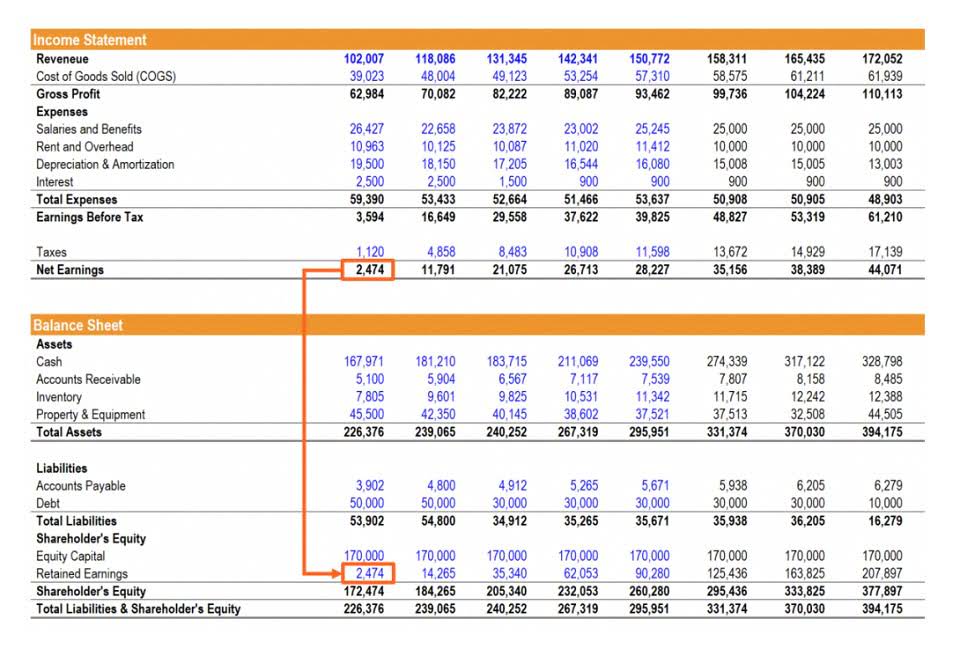
That’s why you should consider the pros and cons before deciding if it’s right for your business. This is different to traditional time-driven activity-based costing, which assigns a more generalised percentage of these costs to a broader production measurable, like a run of a product or financial quarter. Here’s a more detailed look at the alternative costing formulas.
- A cost pool consists of one or more similar activities that can't be identified easily with specific products, services, departments etc.
- Perhaps this isn’t something you want to adopt forever, but you are interested in analysing your overheads and indirect costs and how they’re reflected in your pricing.
- It is a system which focuses on activities performed to produce products.
- For instance, pleasant work place may not be identified as an activity adding value according to operational activity based management.
- (b) It would be difficult to correlate the marginal increase in cost with a particular cost driver.
- High Challenge Company allocated manufacturing overhead costs to the two products for the month of January.
- A cost pool is a collection of overhead costs that are logically related to the tasks being performed.
ABC System refined costing system by focusing on individual activities as the fundamental cost objects. In some cases finding the activity that causes the cost is impractical. For example, factory insurances, factory manager’s salary, rent, rates and taxes of the factory premises.
Activity-based costing vs Traditional Absorption costing
Activity Based Management (ABM) differs from Activity Based Costing (ABC). Activity Based Costing (ABC) establishes relationship between overheads costs and activities in order to ensure that the overheads costs are more precisely allocated to products, services or customers segments. While Activity Based Management (ABM) focuses on managing activities, reducing costs and improving customer value. (c) Link the activities to processes and identify the cost drivers.

(b) Trace operating costs and capital charges to key activities. Use existing accounting and financial data, which includes labour and capital equipment expenses and any other resource that can be changed or eliminated. Some reports to analyse include budget, general ledger, supplier invoices. Now, since you have all the data needed, calculate the order cost using activity-based costing. You require multiple drivers for different activities, one of which is labor or machine hours.
Requirements for Activity-Based Costing (ABC)
To say that the cost of producing a unit consists of marginal costs only will understate the true cost of production and this can lead to problems. For example, if the selling price is based on a mark‑up on cost, then the company needs to make sure that all production costs are covered by the selling price. Additionally, focusing exclusively on marginal costs may cause companies to overlook important savings that might result from better controlled fixed costs. Conventional costing distinguishes between variable and fixed costs. Typically, it is assumed that variable costs vary with the number of units of output (and that these costs are proportional to the output level) whereas fixed costs do not vary with output.
- Once you have done this, you will better understand the costs to manufacture your product, which will help you price your product correctly.
- For instance, a product may require 10 machine setups and 1 inspection related activity.
- Table 1 has been amended to include the fixed overheads to be absorbed in both products.
- Activity Based Costing (ABC) establishes relationship between overheads costs and activities in order to ensure that the overheads costs are more precisely allocated to products, services or customers segments.
- This is a continuous improvement process in terms of analysing the cost, to reduce or eliminate the non-value-added activities and to achieve an overall efficiency.
- In job-order costing and variance analysis, overhead costs are applied based on a specific cost driver such as labor hours or machine hours.
Activity-based costing is an incredibly precise method used by large companies needing accurate figures when allocating overhead costs. It improves product costing procedure as compared to traditional costing because it recognizes that many so called fixed overhead costs change in proportion to changes other than the production units. It means, under ABC, the other two activities-batch level and product level are assumed to influence fixed overhead costs and batch and product level, thus are accepted as non-unit based cost drivers.
Labor Hours Approach vs. Activity Based Costing
The result is a better understanding of how you’re spending your money and the best cost of the resultant products or services. Let’s continue with our example from earlier; the total fixed overheads were $224,000. In the table below in Example 2 the total overheads have been split into cost pools and cost driver data for the Ordinary and Deluxe products has been collated. Once we identify activities that cause
costs, we can eliminate or modify costly activities. For example,
if we find that a jacket requires too many costly inspections, we
could redesign the jacket to reduce the need for inspections.
As some products are produced in large batches and some in small batches. Therefore it is one of the effective methods of exercising cost control and can be used in designing either job costing activity-based costing examples system or process costing system. There are numerous benefits to using activity-based costing, which we touch upon below. Interwood's sofa range includes the 2-set, 3-set and 6-set options.
Activity Based Costing – ABC Approach and Example of the Steps Needed to Develop ABC Data
Activity-based costing is used to get a better grasp on costs, allowing companies to form a more appropriate pricing strategy. That means, overhead expenses are initially identified with the cost centres (i.e., departments, divisions, branches, etc.) and then, they are identified with, and charged to, the products. It may be noted here that the prime costs are identified with, and charged directly to, the products. The activity based cost information can be used to identify the products or activities which are useful for the organization. It can also be used for customers’ profitability analysis which can help in identifying the customers who are more profitable and hence to be focused more.

ABC gets to assign each of the undertakings a cost which makes for much better accounting. During the manufacturing process, it’s essential to figure out the path of the money. Did you know that running a business takes quite a lot of costs, including overhead costs? Thanks to these added expenses, your expenditure can go quite high. You need the funds to run the operation, so it’s not possible to reduce overhead costs. Trendy Clothing would repeat this process for each activity and cost driver to determine the activity-based costs for each product line.
Each batch causes an expensive set-up, but that cost is then spread over all the units produced in that batch – whether few (Deluxe) or many (Ordinary). It can only be right that the effort and cost incurred in producing small batches is reflected in the cost per unit produced. There would, for example, be little point https://www.bookstime.com/ in producing Deluxe units at all if their higher selling price did not justify the higher costs incurred. In the table below, we present several examples of the cost drivers companies use. Most cost drivers are related to either the volume of production or to the complexity of the production or marketing process.
- Did you know that running a business takes quite a lot of costs, including overhead costs?
- It can also be defined as “the collection of financial and operational performance information tracing the significant activities of the firm to product costs”.
- Management of overhead cost is achieved by coupling the costs to the activities that ‘drive’ or ’cause’ them.
- For example, it’s clear that a substantial part of the cost of producing Deluxe units is set-up costs (almost 25% of the Deluxe units’ total costs).
- The marginal cost is the additional costs caused when one more unit is produced.
- Traditional cost systems allocate costs based on direct labor, material cost, revenue or other simplistic methods.
- Our
current cost system allocates all overhead costs, including
inspection costs, to products based on machine-hours.
A service level measures the number of requests that are processed by an organization within a set time frame. Generally, the higher the number of services within the predetermined time period, the more efficient is the organization. An activity cost driver is Really a measure of frequency and Strength of Demand, set on tasks by cost items.
Activity-Based Costing is a method of assigning indirect and overhead costs to each of your products or services – giving you a better idea of their actual costs. With so many companies in the manufacturing space using activity-based costing methods, there are obviously some upsides to the method over traditional cost systems. Below, we’ll look at a few of the advantages of using this modern accounting system. Finally, ABC alters the nature of several indirect costs, making costs previously considered indirect—such as depreciation, utilities, or salaries—traceable to certain activities.
Protocol of a cluster randomised trial of BodyKind: a school-based ... - BMC Public Health
Protocol of a cluster randomised trial of BodyKind: a school-based ....
Posted: Tue, 14 Nov 2023 13:46:38 GMT [source]




